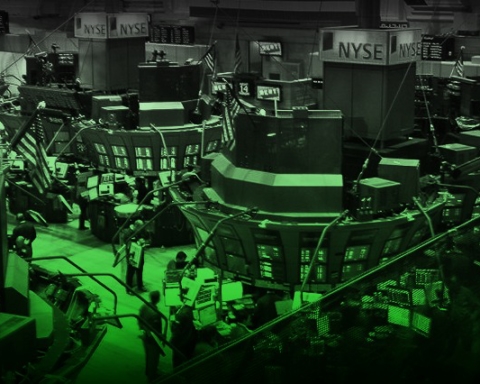Environmentalists concerned by zealous pushes to exploit what lies beneath the melting Arctic ice may have found themselves on Tuesday with an unlikely comrade in arms.
Adm. Bill Gortney, the chief of North American Aerospace Defense Command (NORAD), cast doubt on the wisdom of northern development, citing continued “very, very harsh” conditions, environmental instability itself, and difficulties shipping.
“It’s actually more dangerous today than when we had a stable shelf,” he said.
While Gortney said that “the reality is there’s gonna be more activity up there,” and described it as part of a “reawakening of the strategic importance of the Arctic,” he wasn’t too laudatory of either the US government’s or private sector’s ability to gain more of a foothold in the warming north.
“We’ve worked with the shipping industry and talked with the major shipping companies and they’re not really interested,” Gortney noted, in response to a journalist’s question at a Pentagon press briefing. “They need ships that can make them money 350 days out of the year. They can’t rely on a particular period of time.”
He also said that the US military’s logistical supply chain is three times as costly and three times as slow when it travels through Arctic terrain.
“It is still a very inhospitable place,” he remarked. “Today, if we wanted to go up there, we don’t have the ability to reliably navigate, communicate and sustain ourselves.”
“That’s some huge investment for the services, to figure out how to do that,” Gortney added.
In charge of NORAD since December, Gortney said that this spring he would be able to publicly detail his outfit’s strategic assessment of Arctic change.
According to a report released last year by the Washington-based think tank, the Arctic Institute, the Northern Sea Route has mostly, in recent years, played host to a rise in only two kinds of missions–one-way traffic, from Northern Europe to Asia, and travel from one Russian port to another.






